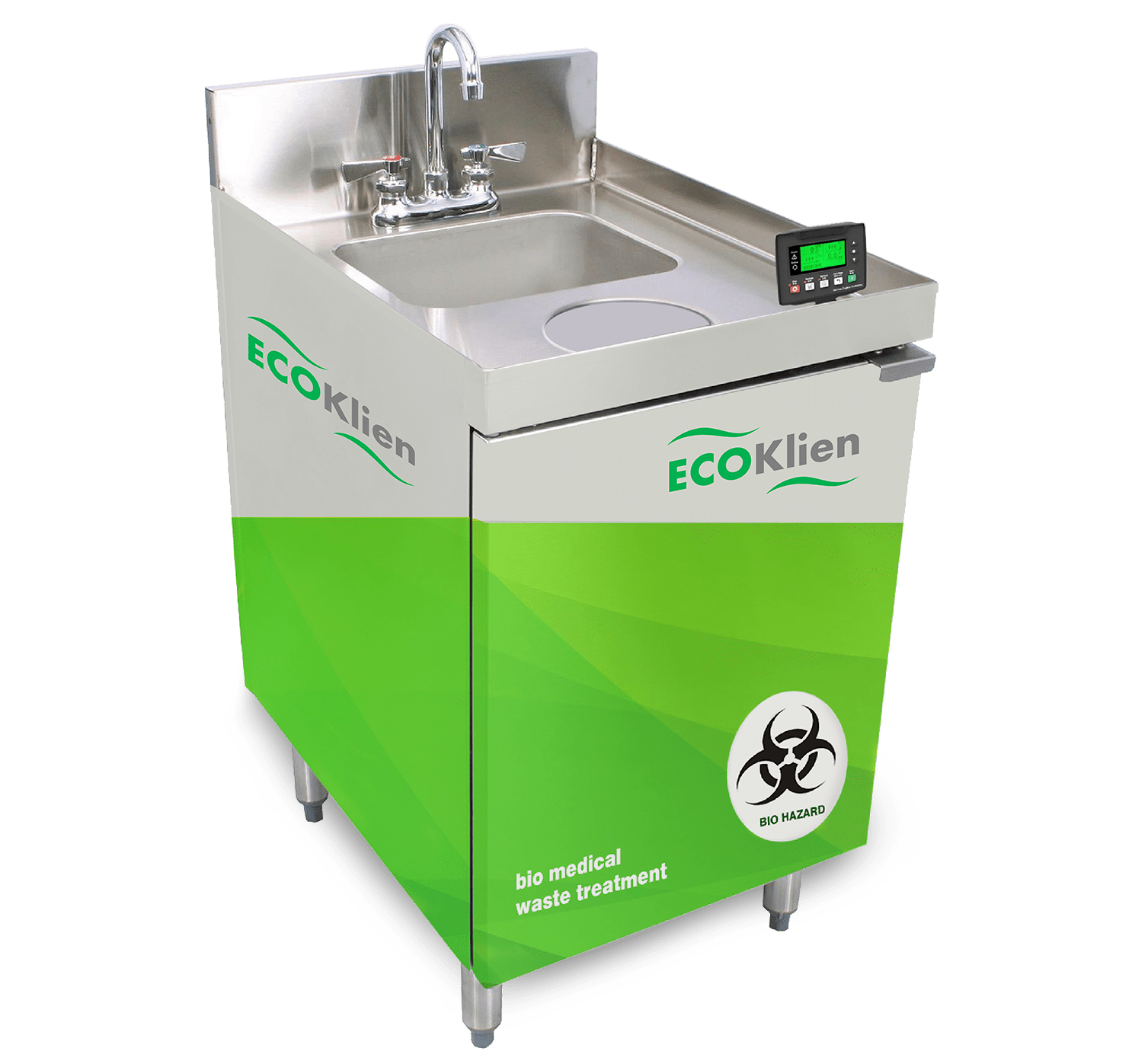Cutting-edge Industrial Wastewater Treatment Solutions: Protecting the Environment
Cutting-edge Industrial Wastewater Treatment Solutions: Protecting the Environment
Blog Article
Just How Fluid Waste Disposal Works: A Detailed Review of Methods and Technologies Utilized

Overview of Fluid Waste Kind
The intricacy of fluid waste types necessitates an extensive understanding of their attributes and ramifications for disposal. Liquid waste can extensively be categorized into several kinds, consisting of commercial, metropolitan, farming, and harmful waste. Each classification exhibits distinct homes, needing specific management approaches to reduce environmental and wellness risks.
Industrial fluid waste stems from making processes and commonly contains a variety of contaminants, such as hefty metals, solvents, and organic substances. Municipal fluid waste, mostly comprising wastewater from households and business establishments, includes raw material, nutrients, and pathogens (industrial wastewater treatment). Agricultural fluid waste, including runoff from ranches, may contain plant foods, pesticides, and animal waste, posturing dangers to water quality and ecological communities
Unsafe liquid waste is identified by its toxicity, reactivity, or possible to cause injury. Comprehending these varied fluid waste types is vital for creating efficient disposal methods and guaranteeing conformity with ecological regulations.
Physical Treatment Approaches

Testing is the preliminary step, where bigger fragments and particles are removed from the fluid waste utilizing screens or grates. In sedimentation containers, heavier fragments settle at the base, creating a sludge layer, while the cleared up fluid can be additional treated.
Filtering is one more essential approach that entails passing the liquid via permeable materials, such as sand or membrane layers, to catch smaller bits. This step boosts the high quality of the liquid, making it ideal for subsequent treatment processes.

Chemical Treatment Strategies
Chemical treatment strategies are vital for effectively handling fluid waste, particularly in addressing dissolved and colloidal impurities that physical methods might not properly eliminate. These techniques use numerous chemical agents to reduce the effects of, speed up, or transform hazardous materials into less unsafe forms.
One typical approach is coagulation and flocculation, where chemicals such as alum or ferric chloride are contributed to advertise the aggregation of suspended bits. This process improves sedimentation, permitting less complicated removal of the resulting sludge. Additionally, oxidation processes, using representatives like chlorine or ozone, are employed to break down complicated natural substances and pathogens, rendering the waste much safer for discharge or additional therapy.
Neutralization is an additional critical technique, which changes the pH of acidic or alkaline waste streams to neutral levels, avoiding possible injury to downstream systems and the setting. Furthermore, advanced oxidation processes (AOPs) utilize mixes of oxidants and ultraviolet light to deteriorate relentless toxins, attaining a greater degree of therapy performance.
Biological Therapy Procedures
Organic therapy procedures play a crucial role in the administration of liquid waste by using bacteria to break down organic issue and lower impurity degrees. These procedures can be extensively categorized into aerobic and anaerobic treatments, each employing details microbial areas to accomplish efficient waste destruction.
Cardio therapy includes using oxygen to facilitate the breakdown of organic products by microorganisms. This procedure is typically implemented in turned on sludge systems, where oygenation storage tanks offer a conducive setting for microbial development, resulting in the oxidation of natural contaminants. The resultant biomass can be divided from treated effluent via sedimentation.
In comparison, anaerobic treatment takes place in the absence of oxygen, counting on various germs to break down raw material. This approach is especially beneficial for high-strength waste, as it generates biogas, a renewable resource resource, while decreasing sludge production. Technologies such as anaerobic digesters are often utilized in industrial and municipal applications.
Both anaerobic and aerobic biological treatments not only minimize the ecological effect of liquid waste but additionally promote resource recuperation, making them vital components of lasting waste management methods. Their versatility, efficiency, and effectiveness sustain their extensive application across different fields.
Emerging Technologies in Disposal
Innovative methods to fluid waste disposal are swiftly advancing, driven here by advancements in innovation and a raising focus on sustainability. Amongst these emerging technologies, membrane layer bioreactors (MBRs) have actually obtained traction for their capacity to combine organic treatment with membrane layer filtering, resulting in high-quality effluent that can be recycled in different applications. MBRs enable smaller sized impacts and much more reliable procedures compared to conventional systems.
An additional appealing advancement is making use of anaerobic digestion integrated with nutrient healing technologies, which not only deals with fluid waste yet additionally produces biogas and recovers valuable nutrients like nitrogen and phosphorus. This dual advantage enhances resource efficiency and decreases ecological effect.
Furthermore, progressed oxidation procedures (AOPs) are being taken on for the deterioration of complicated organic pollutants. These approaches make use of effective oxidants and stimulants to break down impurities at the Resources molecular level, providing an extremely effective service for challenging waste streams.
Additionally, the combination of expert system and machine knowing in waste management systems is maximizing functional effectiveness and predictive upkeep, leading to reduced prices and improved environmental conformity. These technologies mirror a considerable change towards more reliable and lasting liquid waste disposal methods.
Verdict
In verdict, effective liquid waste disposal demands a detailed understanding of various strategies and modern technologies. By continuously progressing these techniques, it comes to be possible to deal with the expanding obstacles linked with liquid waste, inevitably adding to ecological security and source recovery.
Fluid waste disposal is an essential facet of ecological administration, calling for a comprehensive understanding of numerous techniques and innovations tailored to various waste kinds. Fluid waste can generally be categorized right into numerous look at this now kinds, including commercial, local, farming, and dangerous waste. Agricultural fluid waste, including runoff from farms, might have plant foods, chemicals, and animal waste, posturing threats to water high quality and ecological communities.
Various physical treatment techniques play a crucial function in managing fluid waste successfully - industrial wastewater treatment.In verdict, reliable fluid waste disposal requires a comprehensive understanding of various techniques and modern technologies
Report this page